
by Renee Mazurek | Jul 27, 2021 | Network Blog
Alicia Smith Executive Director Junction Coalition Alicia Smith is a proud native of Detroit, Michigan, and mother of three. She and her family currently reside in Toledo, Ohio, where Alicia serves as the Executive Director for Junction Coalition. She...
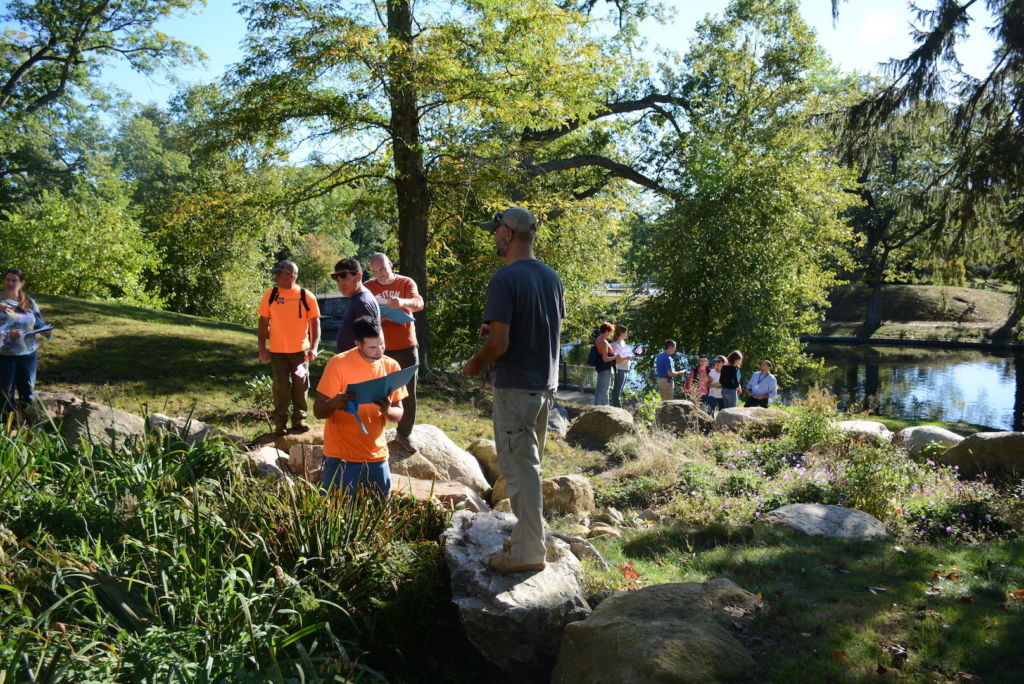
by Cate Mingoya | Mar 31, 2020 | Network Blog
This post, written by Cate Mingoya of Groundwork USA, was re-blogged from Ensia. View the original version. Here’s why some neighborhoods don’t have them — and what we can do about it. March 31, 2020 — As we settle into our new normal — two parents working from home...
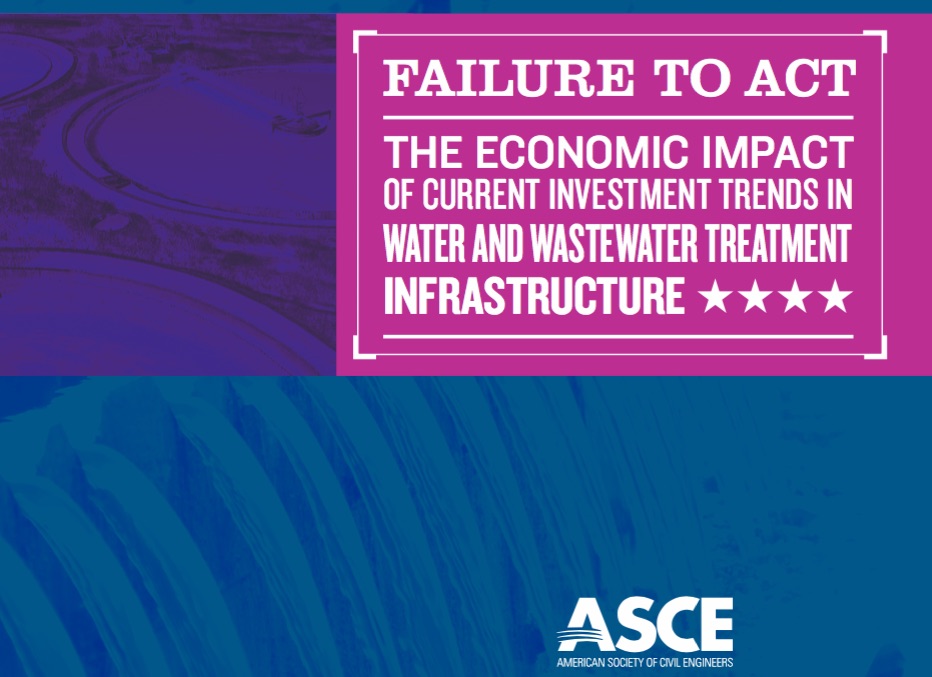
by Maria Brodine | Aug 22, 2017 | Network Blog
The Water Infrastructure Problem It’s no secret that infrastructure—including electric grids, fossil fuel pipelines, public transportation lines, bridges, railways, and roads—are in a rapid state of decline in the U.S., and that there is not nearly enough money...
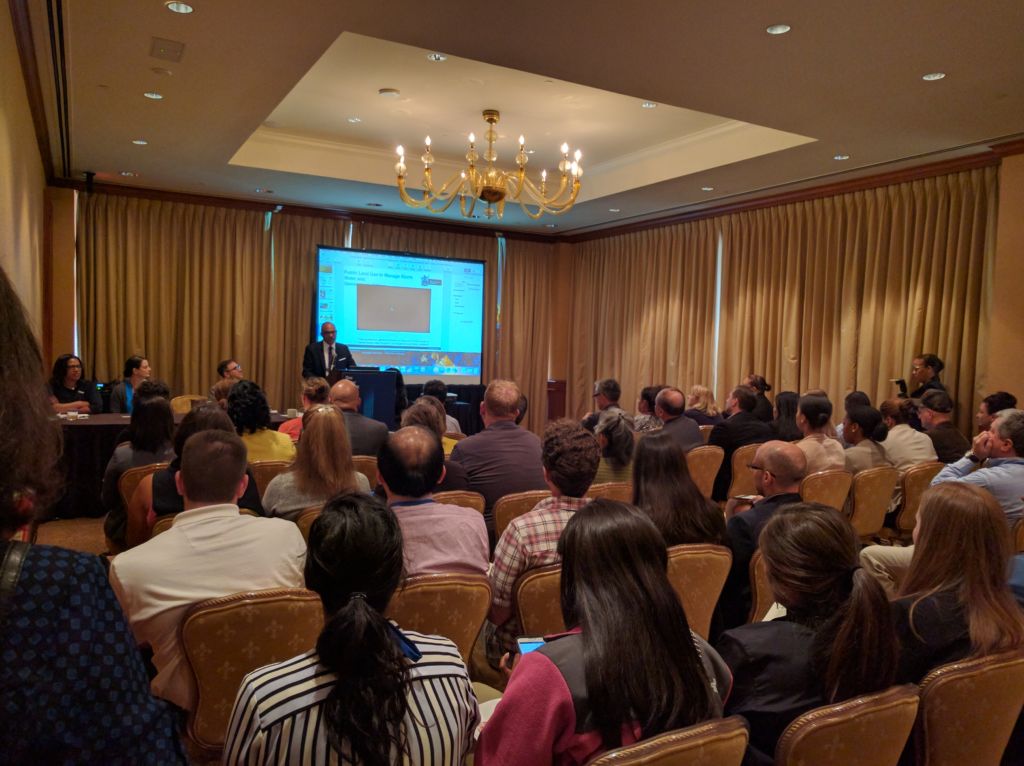
by Maria Brodine | Jul 20, 2017 | General Resources, Network Blog
One Water Summit 2017 On June 27-29, I attended the 2017 One Water Summit in New Orleans, LA. Like River Rally, the Summit is held every year in a different water city. Local projects and partnerships are highlighted throughout the conference, from a series of outdoor...
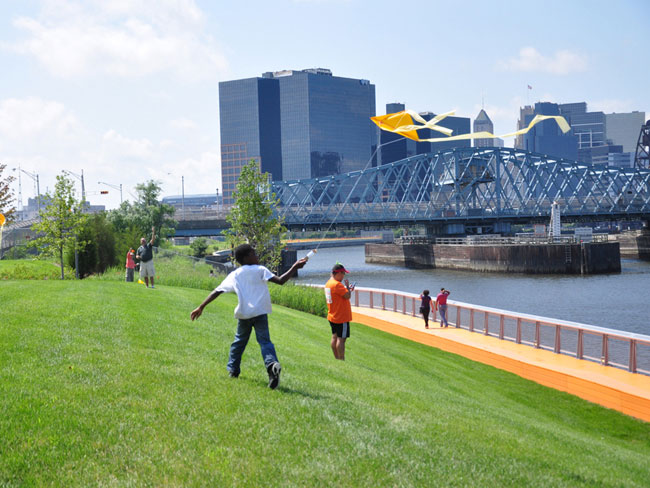
by Maria Brodine | Jun 24, 2017 | General Resources, Network Blog
Gentrification. Those of us who work in water cities and towns inevitably encounter it. To have a positive impact on the communities where we work, we must discuss what gentrification means, analyze our own role in the process, and come up with solutions. I worked for...
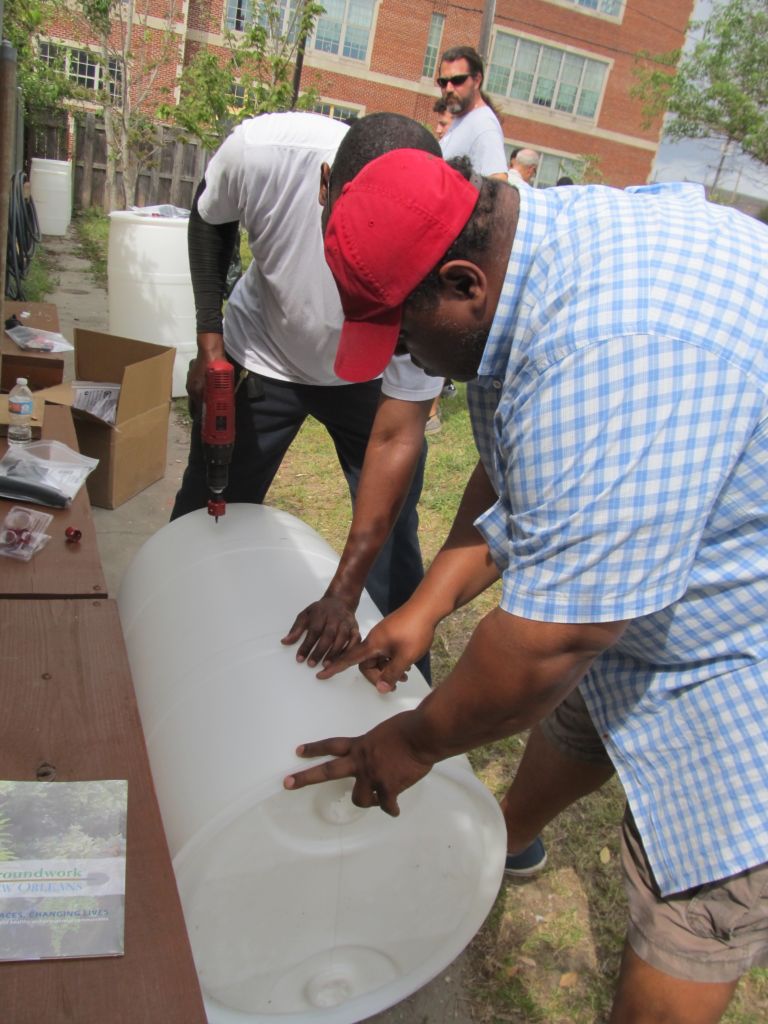
by Maria Brodine | Mar 29, 2017 | General Resources, Network Blog, Outreach & Education, Stormwater & Green Infrastructure, Water Quality
Point and Nonpoint Source Pollution You may have heard the terms point and nonpoint source pollution. To demystify these terms a bit, a point source is a known source of pollutants, such as a factory or a sewer treatment plant. Nonpoint sources are everything else:...
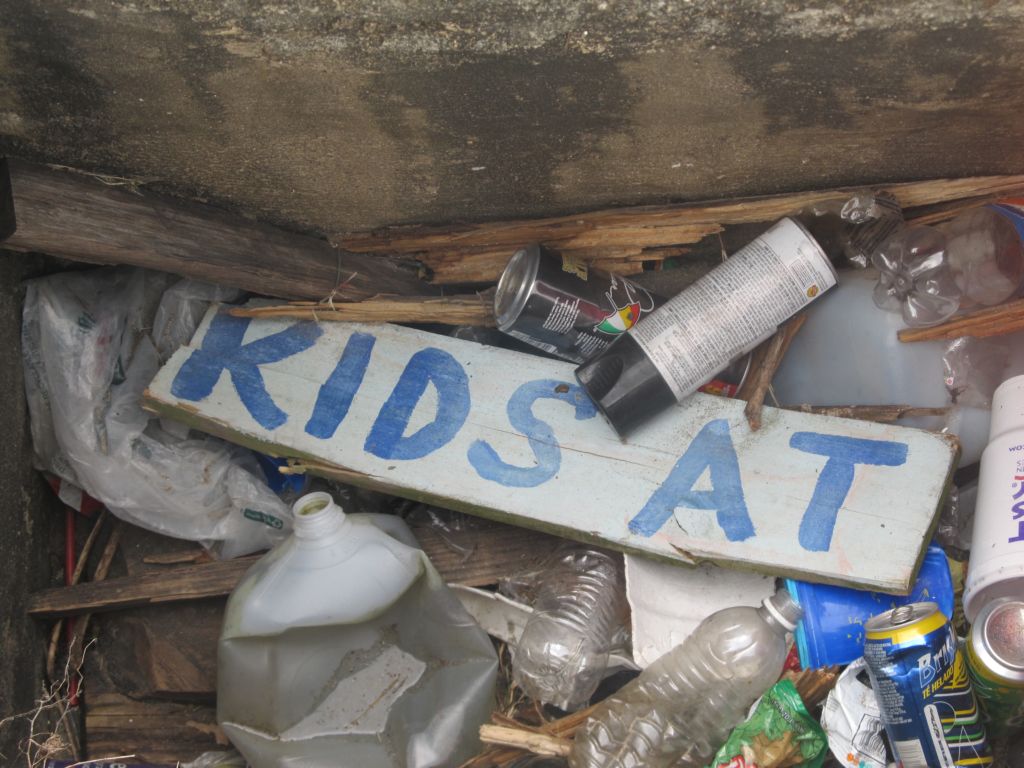
by Maria Brodine | Feb 14, 2017 | combined-sewer-overflows, General Resources, Network Blog, Outreach & Education, Water Quality
How much waste do you produce in a single day? To find out, all you need is a kitchen scale. Over a period of seven days, weigh your garbage and keep a record. How much trash do you, as an individual, produce each week? What about your whole family? What percentage of...

by Erin Wall | Oct 10, 2016 | Network Blog
At scales ranging from the neighborhood and city to the watershed and basin, communities around the country are finding ways to break down silos in water management to become more sustainable and to more equitably maximize benefits across their community and...

by freshysites | Apr 6, 2016 | General Resources, Network Blog
It really was a “Watershed Awakening”…the growing awareness and eventual decision made by Calvin College to turn its attention to Plaster Creek, the impaired creek that drains the watershed in which the college is situated in Grand Rapids, Michigan. Back in 2002,...










